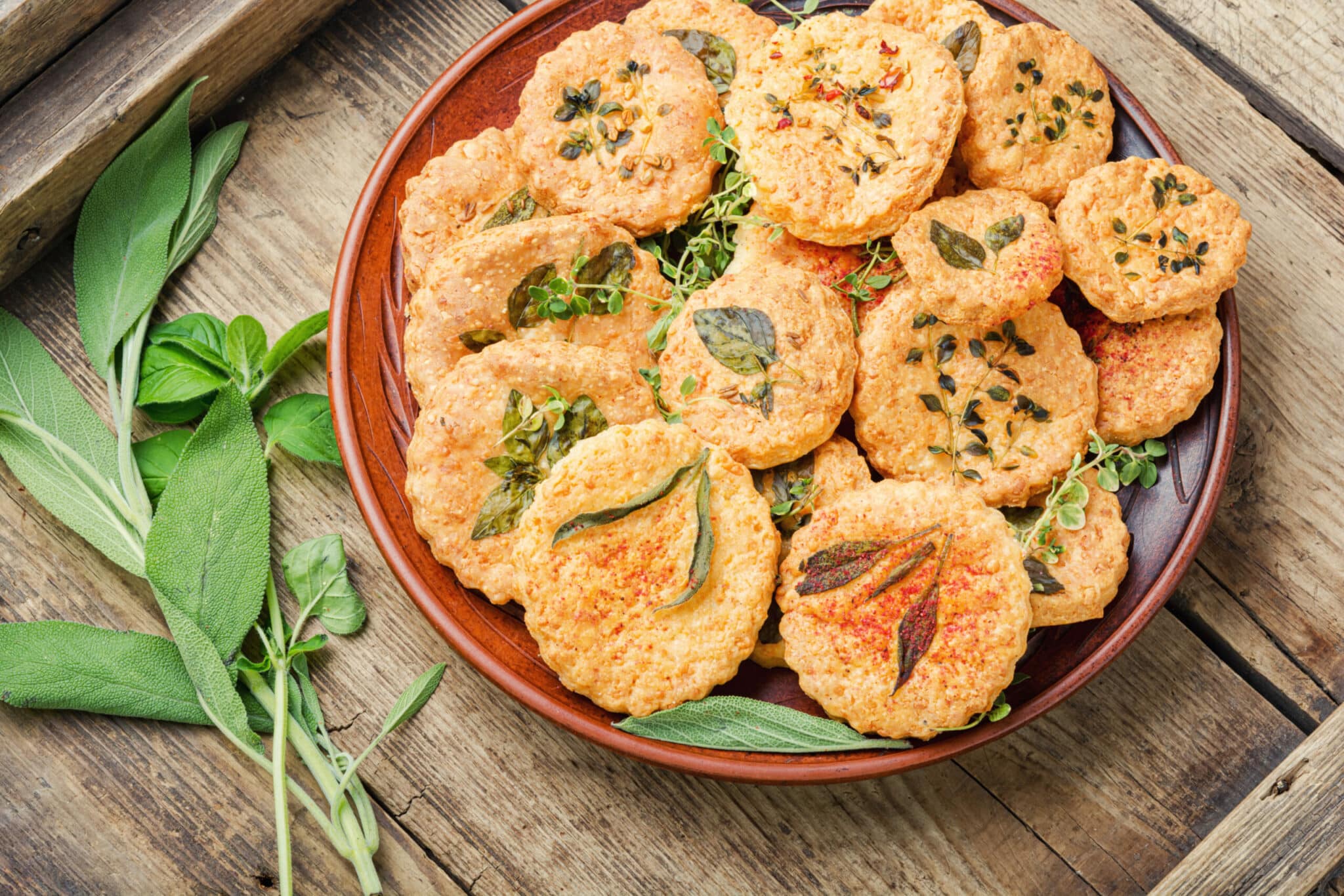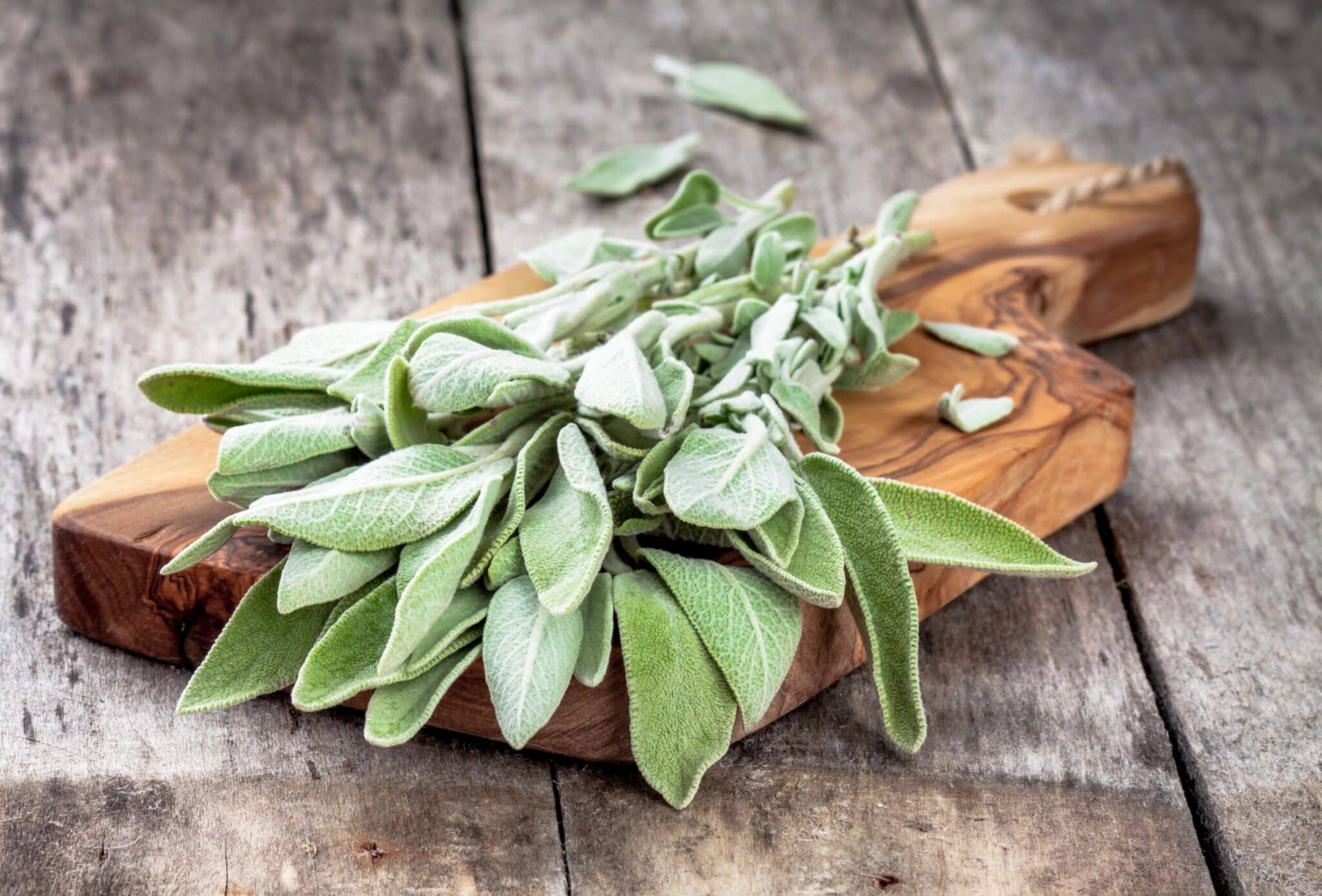If you do a lot of gardening at home, then you might want to plant more sage, not just because it is fragrant, but it can also be helpful in some recipes. However, if you have a lot of sage in your backyard, you might struggle to come up with a way to use them.
If you are in this position, or if you do not use sage in your cooking, I have made a compilation of the list of things you can do with sage, so you do not have to wait until you come across a recipe that requires sage before you use them. I’ve also included a quick spaghetti recipe that would see you use up some of those sage as garnishes.

Tips to Use Sage in Cooking
If you have never used sage while cooking then these tips would be helpful to achieve the best results when using sage. Even if you are already conversant with the aromatic herb, in this article you would be learning new ways to put sage to good use.
Harvesting sage – when you harvest herbs, most times they don’t grow back as fast or as bushy as they previously did. However, there is a little hack that can drastically change the way your sage grows, it all depends on where you harvest it. Pluck the leaves just above the axillary buds ( where new leaves begin to form on the plant). When you harvest sage this way, your plant will grow faster, and fuller even after you cut them.
Letting Sage Wilt – some recipes would specifically request wilted sage leaves, you should also Wilt sage leaves if you want to fry them in oil. The logic behind wilting leaves is so that the leaves become barely cooked, and as a result, they will become juicier and hold more flavors. You can heat some broth, when the broth is at a boil, you turn off the heat and add the leaves in for a couple of minutes.
Drying sage – just like wilting, drying is another method that can impact some extra flavors to sage. Drying is also another way to keep sage usable for a longer time. To dry sage at home, just tie up some sage and hang them from your drawer exposed to air, leaving them there for a couple of days. Even after using dried sage, you can keep the leftovers for a future use
What to do with Sage
If you have a lot of sage at home but you are short on ideas for it, then keep reading to find out the best and most creative ways to put sage to good use.
Aromatic herb for cooking – just like other aromatic herbs like basil and mint, sage can be used to add some aroma and enhanced flavors to whatever you are cooking, it also helps with digestion, so you can use it to season foods that are usually difficult to digest like duck meat.
Sage Tea – sage is one of those herbs that help in digestion, you would regularly see it as a seasoning for very fatty meats like ducks. Because of its ability to help digest food, you could also make a green tea with sage, you just need to get a coffee filter, and natural hemp twine, this will be used to create a DIY teabag, but if you cannot get them, no need to worry, you can still make sage Tea without them. You should add some lemon juice and honey for additional flavors.
Sage Chip – you could add sage to any recipe that involves panfrying, but if you want to get a little creative, you could cook up your very own sage chips. It should be something similar to kale chips, just wilt sage leaves for a couple of minutes, dry them out and fry them in hot oil, each side should take just about 20 seconds, dry out the oil, season, and enjoy as a snack, or as a garnish for other foods that include sage.
View this post on Instagram
Cooking Time for Sage
| Cooking Procedure | Cooking Time |
| Panfried sage | 30 seconds to 1 minute |
| Brewing | 3 to 5 minutes |

Butternut spaghetti with crispy Sage
Ingredients
- Butternut squash 380g
- Cashew nuts 50g
- Olive oil
- Bunch of sage
- 1 onion
- Salt
- Black pepper
- 2 garlic cloves
- 1 vegetable stock cubes
- Water
- Nutritional yeast
- Spaghetti 400g
Instructions
- Boil your spaghetti, drain off excess water and set it aside in a covered bowl.
- Next, chop your 380g butternut squash into bite-size pieces, place in a bowl, and add cashew nuts.
- Cover the bowl with a cling film and microwave for 5 minutes on high
- In another pan, add 3 to 4 tablespoons of olive oil, and fry a bunch of fresh sage leaves for about 20 to 30 seconds, flip the leaves with a tong, and repeat the process on the other side of the leaves, remove the sage and place on a paper towel to drain off the oil.
- In that same pan, add 1 chopped onion, and a pinch of salt and saute until the onions become translucent.
- Add two cloves of garlic (minced).
- Add your preheated butternut squash and cashew nuts, also add some water, and vegetable stock cubes, stir everything until it is well incorporated, then turn off the heat.
- Transfer to a good processor or a blender, add 4 tablespoons of nutritional yeast and blend into a fine paste
- Transfer the paste back into the pan, throw in your pre-cooked spaghetti, a pinch of salt and pepper, and continue to stir over low heat until the spaghetti is well coated.
- Transfer to serving dishes, garnish with your crispy sage and sprinkle a pinch of black pepper over it.
This delicious Spaghetti recipe is delicious with crispy sage as garnishment, it only takes 20 minutes to create this bowl of goodness, so you don’t have any excuse not to try it out. If you would like to get other recipe ideas, check out this video recipe.
